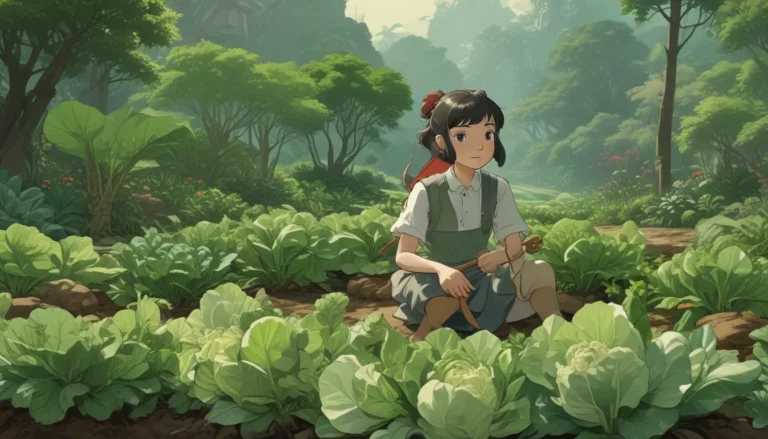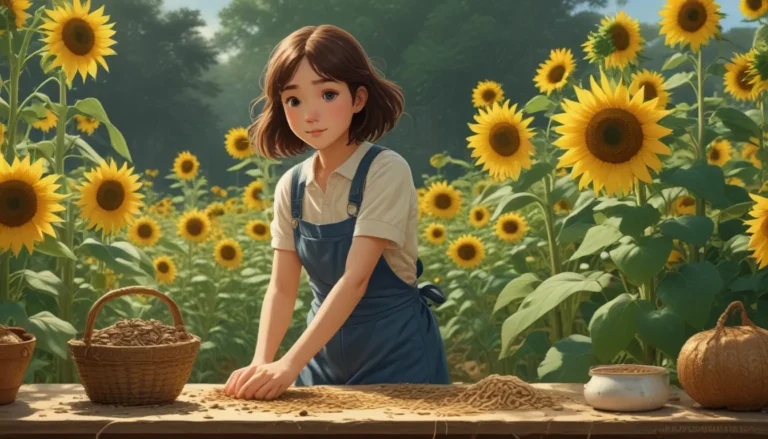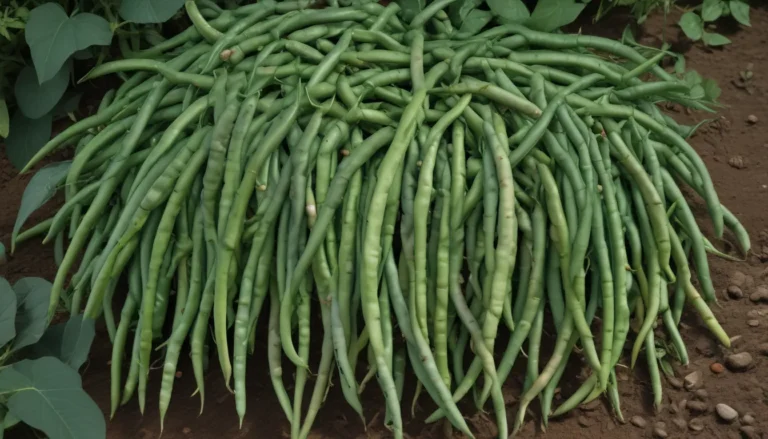Why Your Bleeding Hearts Aren’t Blooming: An In-Depth Guide

As a child, I marveled at heart-shaped lockets, but as an adult, I’ve traded necklaces for plants. One particular flower that has captivated me is the bleeding heart (Lamprocapnos spectabilis), with its elegant heart-shaped blooms on fleshy stems – a true natural beauty.
You may find yourself disappointed if your bleeding heart fails to bloom come springtime. Whether you’re a first-time cultivator of L. spectabilis or you’ve noticed a decline in blooming from a once-reliable plant, fret not. This guide is here to help you unravel the mystery behind your shy lady’s locket and get it blooming beautifully once again.
If you’re interested in more general information on growing bleeding hearts, take a look at our comprehensive guide to cultivating these exquisite flowers. In this in-depth article, we’ll delve into the three common reasons why your bleeding hearts may not be blooming, as well as provide valuable tips to help you nurture a flourishing plant.
Why Your Bleeding Heart Won’t Bloom
Let’s explore the three primary reasons why your bleeding heart may be withholding its stunning blooms:
- It’s Too Young
- Transplant Shock
- Flawed Growing Conditions
Let’s break down these factors and uncover the secrets to coaxing your shy lady’s locket into full bloom.
It’s Too Young
Gardening requires patience, and this is especially true when it comes to young bleeding heart plants. If you’ve recently planted a young bleeding heart, whether from seed or a nursery purchase, it’s essential to manage your expectations. Most young L. spectabilis flowers won’t bloom in the first year, and it may take two to three years before they produce a bountiful display of heart-shaped pendant flowers.
So, if your plant is thriving with lush, pest-free foliage but lacks blooms, it may simply need more time to mature. Exercise patience, and you’ll be rewarded with a breathtaking display in the years to come.
Transplant Shock
Moving your bleeding heart from one location to another or dividing a plant can induce transplant shock, causing the plant to redirect its energy towards recovery rather than blooming. According to experts at the University of Wisconsin-Madison Extension, it may take up to a year for a recently transplanted bleeding heart to resume blooming.
To support your plant through this period of adjustment, ensure it receives adequate sunlight, water, and care. With time and proper maintenance, your bleeding heart will eventually reward you with a profusion of blooms.
Flawed Growing Conditions
Despite their reputation for being low-maintenance, bleeding hearts are sensitive to their growing environment. Insufficient or excessive sunlight, improper drainage, and soil quality can all impact the blooming potential of these delicate plants.
If your bleeding heart is not blooming, consider the following factors:
- Sunlight: Bleeding hearts thrive in shaded areas, particularly in the afternoon. If your plant is exposed to excessive sunlight, consider relocating it to a spot that receives at least four hours of shade daily.
- Soil Drainage: Bleeding hearts prefer well-draining soil to prevent waterlogging, which can lead to stress and poor blooming. If your plant is struggling in heavy clay soil, consider transplanting it to a container with proper drainage holes.
- Soil Quality: Enhance the soil quality for your bleeding heart by adding bone meal, a rich source of phosphorus that stimulates flowering. Choose a balanced fertilizer with higher phosphorus content to boost blooming potential.
By addressing these growing conditions, you can create an optimal environment for your bleeding heart to thrive and bloom vibrantly.
Bloomin’ Bleeding Hearts: Tips for Success
Whether you’re a novice grower or a seasoned gardener, there’s always more to discover about nurturing bleeding hearts. Have you encountered challenges in getting your bleeding hearts to bloom? Share your experiences in the comments below – we’d love to hear from you!
Before you head off, explore our additional bleeding heart care guides for more expert insights:
- How to Identify and Manage Diseases in Bleeding Heart Plants
- Do Bleeding Heart Flowers Change Color?
- How to Propagate Bleeding Hearts to Create More Plants
Remember, the key to cultivating thriving bleeding hearts lies in understanding their unique needs and providing them with the care they deserve.





